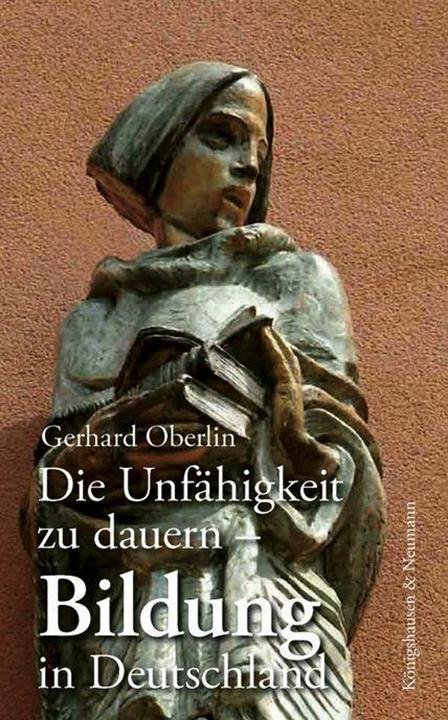
Best Königshausen & Neumann products in the Textbooks category
On this page you'll find a ranking of the best Königshausen & Neumann products in this category. To give you a quick overview, we've already ranked the most important information about the products for you.
1. Königshausen & Neumann Die Unfhigkeit zu dauern
The construction site of education in Germany does not exist. If it did, there would be plans, models, architects, and specialists all working on a real project. But there hasn't even been a single project for decades. Do the Germans not want to know what education is? In the meantime, they even lack the clientele, meaning: those who are to be educated, who want it and do not prefer to sink into lethargy or PISA depression. If we rely on AI or specialists from Asia – where do we then place our children? It’s like with the law: it is strict, but we apply it loosely. We have had models for early education since Froebel, since Montessori – but we do not implement them. We have reformed the universities – but the specialist from the past is superior to today’s bachelor. We know that school is about acquiring knowledge, practicing, and vocational training, always with a view to independent self-reliance. We have also understood that self-experience, self-testing, skills, doing, acting, and experiencing are part of it – but we do not put it into practice. This book reminds us of the many insights that remained without prospects – prospects to become a construction site, to become a real object. And it looks abroad, where there is truly much to learn.

2. Königshausen & Neumann Karl-May Handbuch
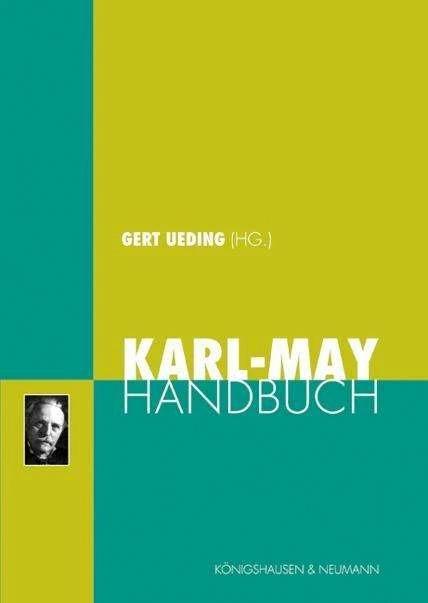
3. Königshausen & Neumann Literaturstrae
The non-fiction book "Literaturstrasse" by Jörg Robert offers a comprehensive analysis of translation strategies and the reception of classical Chinese literature in the German-speaking world. It highlights various aspects of translation, including the cultural and aesthetic challenges that arise when transferring texts from Chinese to German. Contributions from different authors cover a wide range, from the translation of classical works such as the "Zhuangzi" and "Journey to the West" to modern interpretations and the analysis of specific translation strategies. This book is aimed at students, researchers, and anyone interested in the intersection of Chinese and German literature.
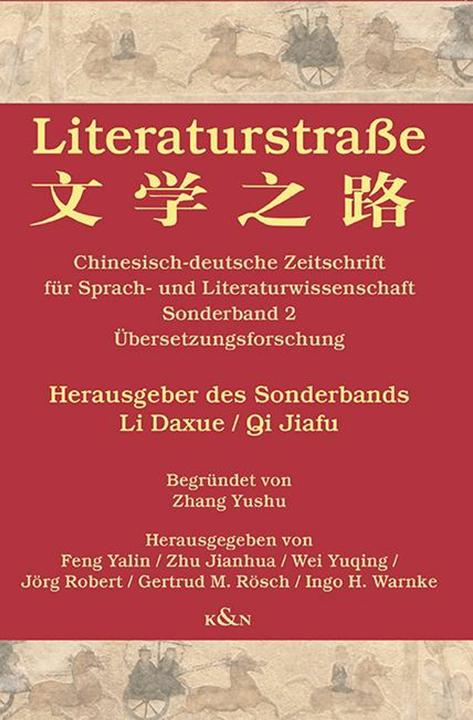
Literaturstrae
German, Jörg Robert, Yalin Feng, Gertrud M. Rösch, Yuqing Wei, Jianhua Zhu, Anna Mattfeldt, 2025
4. Königshausen & Neumann Hermann-Hesse-Jahrbuch, Band 15
At the center of this yearbook is Hesse's Indian narrative "Siddhartha." When the book was published in October 1922, the public reaction was subdued. Hesse wrote to the French writer Romain Rolland in the spring of 1923 that he had heard "nothing but expressions of respectful embarrassment" from literary critics. In the meantime, "Siddhartha" has become one of the works that established Hesse's worldwide fame, alongside "Steppenwolf" and "The Glass Bead Game.".
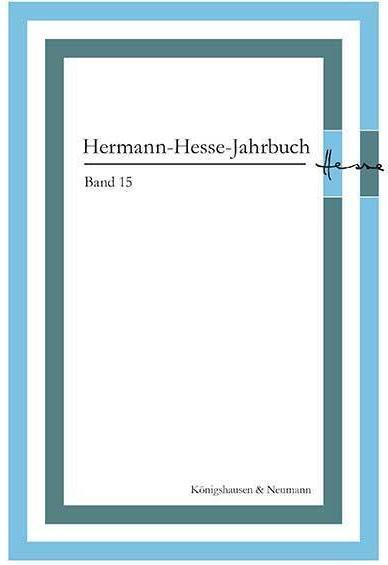
5. Königshausen & Neumann Hermann Hesse Yearbook
On the Value of Age: M. Michels: "With maturity, one becomes ever younger." Hermann Hesse on the value of age - M. Kleeberg: Proust in Ticino. The late prose of Hermann Hesse - K.-J. Kuschel: The old man and his hands. Themes of aging and aging style in Hermann Hesse's late poetry - H. Herwig: Praise and lament of old age in Hermann Hesse's poems and aphorisms - C. Burget: "Readiness to die, will to be reborn." Aging as a process of knowledge and self-surrender in Hermann Hesse's story Klingsor's Last Summer - L. Hasler: The tragicomedy of agelessness. Why Hermann Hesse's ideal of old age finds little resonance among seniors today - and at what cost - H. Esselborn-Krumbiegel: Encounter of cultures. Hermann Hesse's novel Siddhartha - C. U. Gröner: "Thirst for knowledge." The motif of greed in Hermann Hesse's Siddhartha - V. Michels: Was Hermann Hesse a bad father? - E. Schlösser / T. Zdrazil: Childhood and youth experiences of Hermann Hesse and his friendship with the school founder and Hesse patron Emil Molt - W. Schröter: Quantum physics for Steppenwolves and non-physicists. Hermann Hesse and atomic physicists grappling with dualisms - T. Heiler: Hermann Hesse on the Internet: Perspectives on the digital exhibition "Steppenwolf and Painter Friend: Gunter Böhmer Illustrates Hermann Hesse.".

6. Königshausen & Neumann Dörfel:Transnationale Textwelten
This conference proceedings brings together the contributions from the international German-speaking 13th Student Congress of Comparative Literature, which took place from May 4 to May 6, 2023, at the University of Bremen under the theme 'Literature & Transnationality'. Bachelor's and Master's students, as well as doctoral candidates from various disciplines, discussed the relevance and timeliness of the transnational paradigm in literary studies. This includes engaging with the construct of the nation as an imagined community from a postcolonial perspective, as well as with themes and motifs of transcultural contemporary literature, such as those found in the works of Christian Kracht, Olga Tokarczuk, and Robert Menasse. The practice of translation as a transnational act is also explored, exemplified by figures like Paul Celan or within the framework of Erasure Poetry. A particular focus is placed on figures, motifs, and metaphors in which the transnational manifests, such as Medea or the bridge as a transitional space. Methodologically, the contributions draw from an interdisciplinary portfolio that includes film studies, political science, cultural theory, sociology, and philosophy, thus opening up to a broad, interested public.

Dörfel:Transnationale Textwelten
German, Daniel Schmidt, Annika Ravenschlag, Manuel Alejo Riveros, Benjamin Löber, Tabea M. Dörfel, Nele Miesner, 2025
7. Königshausen & Neumann Cornelia Funke intermedial
Although Cornelia Funke is one of the most successful contemporary German-speaking authors, research on children's and youth media has so far only sporadically addressed her work. In particular, the media interconnections of her storytelling have hardly been the focus—such as the transmedia nature of her narratives, the transcultural, intertextual, and intermedial facets of her work, as well as the numerous adaptations and expansions of her stories in film, theater, audio plays, or interactive apps. This anthology contributes to addressing this gap: the collected contributions examine Cornelia Funke's picture books, children's and youth literature from the perspectives of book studies, literary studies, media studies, and literature education, and are divided into four sections: Narrativity, Discursivity and Economy, Illustration, and Mediality.
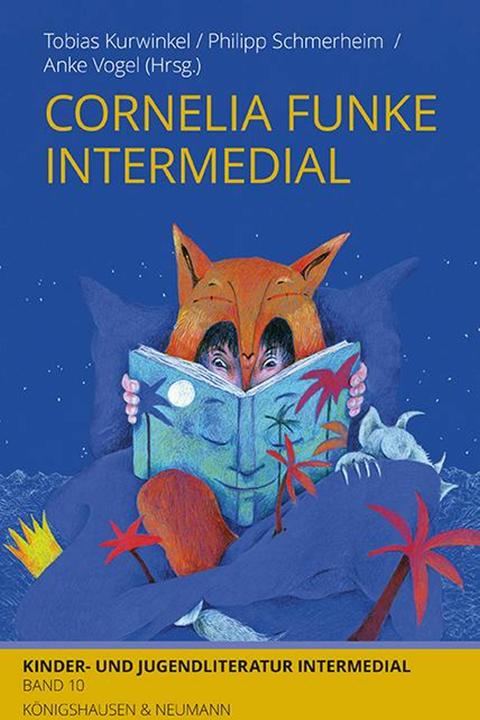
Cornelia Funke intermedial
German, Anke Vogel, Philipp Schmerheim, Tobias Kurwinkel, 2025
8. Königshausen & Neumann Dialoge
The Spanish humanist Ludwig Vives (1492-1540) led a precarious life as a Jew from a young age. His father fell victim to the Inquisition. Vives received a good education and was friends with Erasmus. He dedicated his work to education and learning in the broadest sense and wrote a considerable amount of religious and pedagogical writings, including Latin dialogues. Of great importance is his highly progressive endeavor at the time to provide a good education for girls as well. His Latin dialogues aim to familiarize young people with the culture of life in its linguistic (Latin) form. Vives succeeded well in this through his knowledge and the vivid presentation of the subjects, benefiting from both his seriousness and a touch of humor. Particularly successful in some dialogues is the Socratic art of argumentation. The book was a standard Latin work from the 16th to the 18th century and was frequently reprinted. For the modern reader, it also serves as an important cultural and educational source. The language used by Vives is not always easy to understand, which is why a German translation may be desirable.
